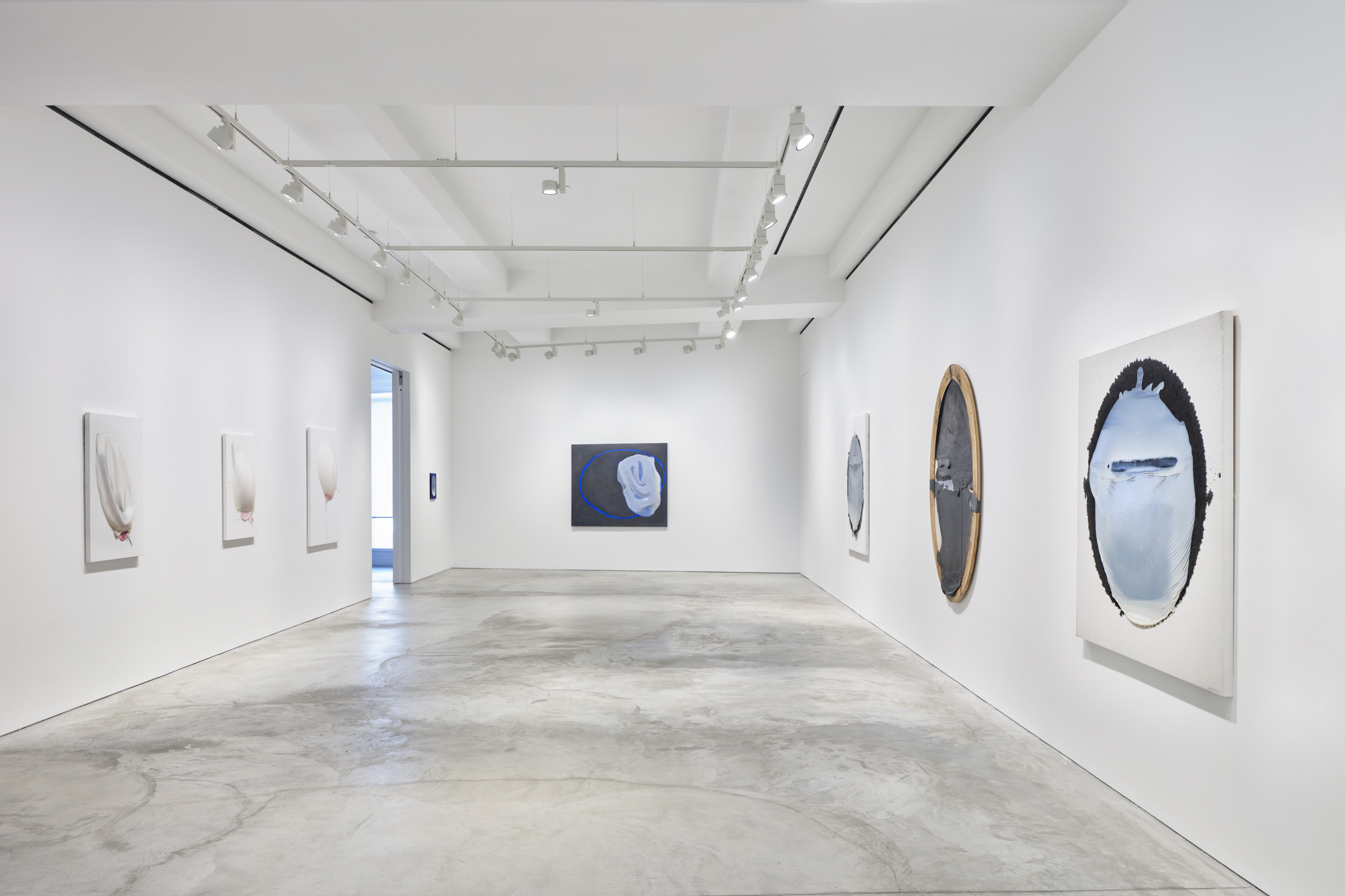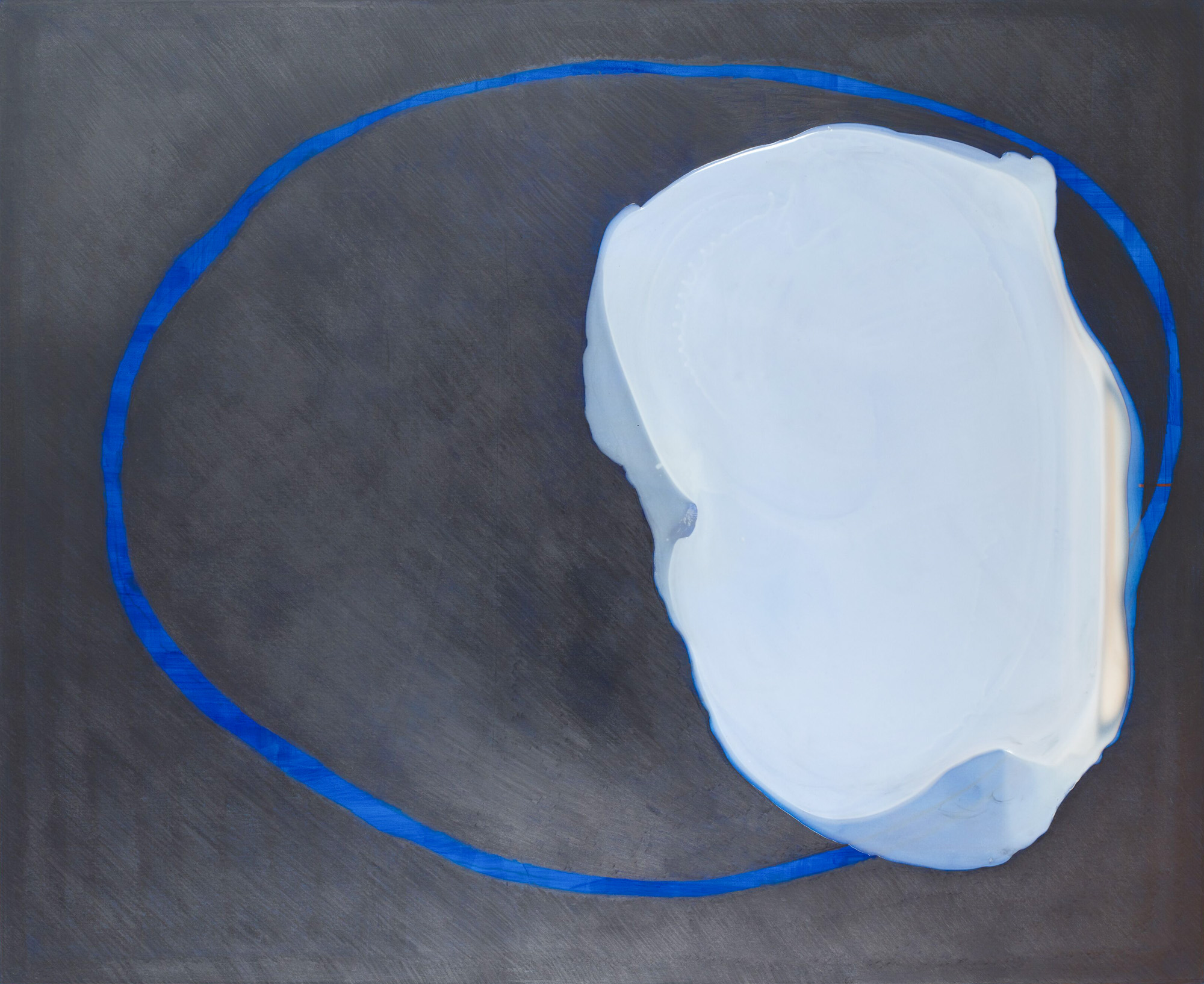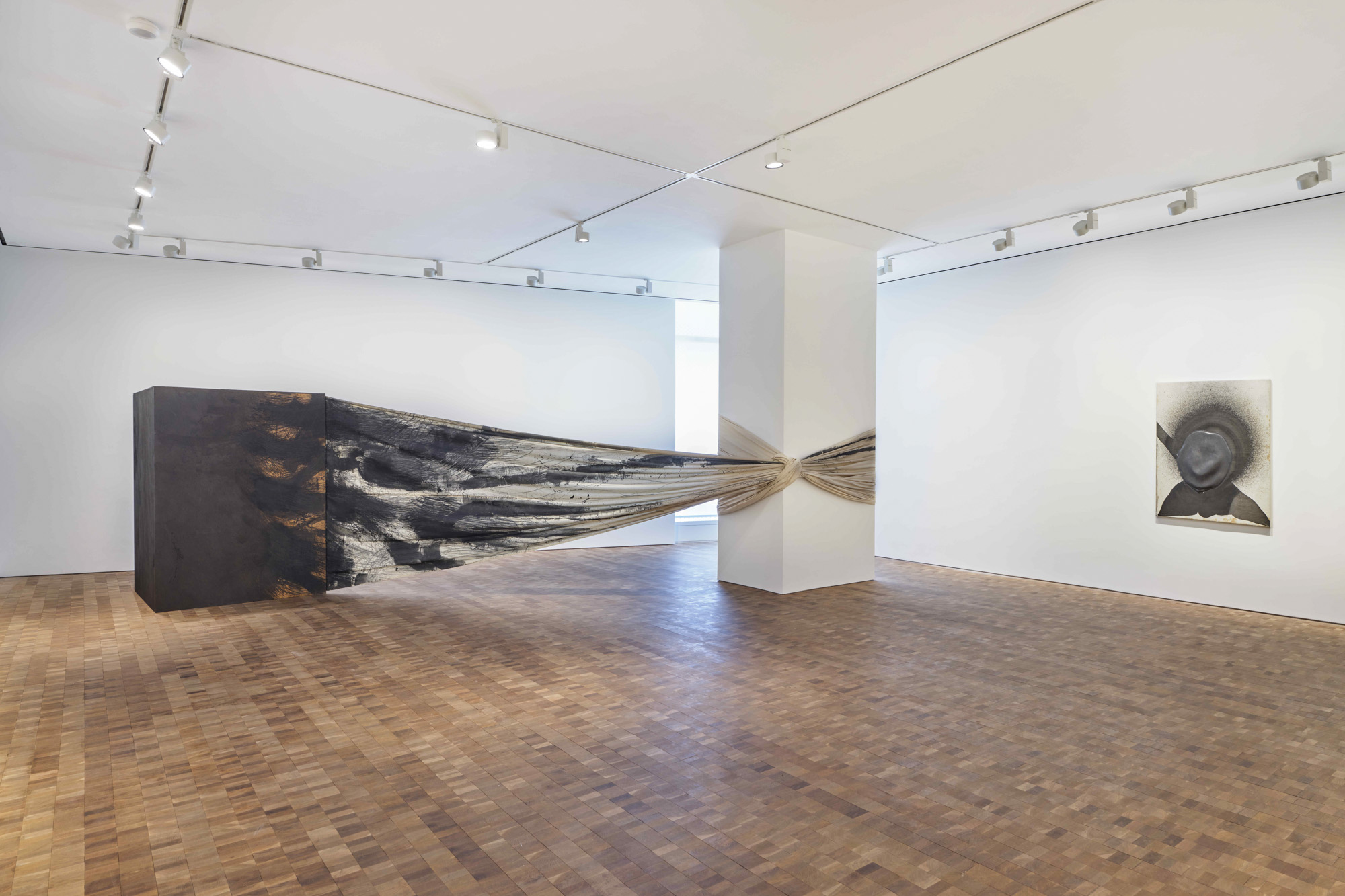Shows
The Post-Gutai World of Takesada Matsutani


The artist Takesada Matsutani reflected in a 2009 interview that after the Second World War ended in 1945, as Japan was rebuilding: “Suddenly everything was plastic and plastic seemed wonderful. We loved it. We got rid of everything else.” From the wreckage of the war, a new world was emerging in art, as in society. For Matsutani, who was in high school and studying nihonga (traditional Japanese painting) in 1954 when the Gutai Art Association was formed, their outdoor exhibitions hardly seemed like art at all. Although he preferred abstract, expressive styles, producing canvases incorporating dirt and sand like the Spanish artist Antoni Tàpies, Matsutani eventually exhibited with Gutai in 1959. In the subsequent years he came under the influence of Gutai founder Jiro Yoshihara, who pushed him relentlessly with the arch-modernist: “Do something new, something no one has done before.”
That desire for innovation in art was mirrored by the acceleration of industrial and chemical manufacturing in Japan. One day, while trying to make glue dry more quickly, Matsutani discovered that by heating polyvinyl acetate adhesive—branded in the United States in 1947 as Elmer’s Glue-All—with a hair-dryer and injecting air with a straw, he could create blob-like forms, which he started adding to his paintings; Yoshihara thought they echoed “nipples, blisters, or swelling from a burn.” Inspired by microscopic imagery of blood cells that he had seen, Matsutani continued to experiment with the white glue, mixing it or layering it with acrylic paint and later, beginning in 1977, incorporating graphite. His six-plus decades of experimentation with these materials is still ongoing, as seen in his solo exhibition at Hauser & Wirth Hong Kong, particularly in a trio of minimal white canvases, Puffed up-1–3 (2020), where large, bulbous forms partially obscure expressive pink brushstrokes and marks in graphite that are reminiscent of Matsutani’s pre-Gutai, early-career experiments with abstract painting.

Though their styles varied widely, Gutai artists were linked by their interest in using human action to bring a material’s properties to life (gu meaning “technique” and tai meaning “body”). For some artists this meant boldly performative actions, like Kazuo Shiraga swinging around on a rope to create abstractions with his feet, or Shozo Shimamoto throwing bottles full of paint at canvases. But as with many second-generation Gutai members, Matsutani’s material expressions were more meditative and subtle, letting materials speak for themselves rather than foregrounding the bodily action that produced them, thereby reflecting more closely the compound meaning of “Gutai” as “embodiment” or “concreteness.” One has a strong sense of this from Matsutani’s Floating Inside (2020), which features a graphite ground with an oval painted in blue acrylic that encompasses an amorphous white-glue bubble, as the properties of the three materials, though in dialogue, remain distinct.
Another important chapter in Matsutani’s career was showcased downstairs in the gallery. As Matsutani continued to work with graphite in the 1980s he tried diluting it with spirits or turpentine to make ink-like washes that would drip down large pieces of paper or canvas, and even began suspending sacks of dripping sumi ink over canvases in his Stream series (1977– ). In the large installation The Magic Box (1988), a black-painted cube of wooden boards stands in one corner; from its inside emerges a long piece of canvas covered in graphite marks and washes which is then knotted around a large column in the gallery. The gesture is dramatic and filled with calculated intention, in a seeming break from the more subtle works of early and recent years. Though perhaps this more performative work shouldn’t be so surprising after all, as in his personal drive to create new works, Matsutani moved beyond the works of his days with Gutai, which had dissolved anyway in 1972. “If I had just stayed faithful to Gutai principles, I do not think I would have progressed,” he reflected in 2009. The elusive meaning to his abstract forms produced through his manipulation of materials is what has remained the true constant in his practice all this time.

HG Masters is ArtAsiaPacific’s deputy publisher and deputy editor.
Takesada Matsutani’s solo exhibition is on view at Hauser & Wirth, Hong Kong, until February 11, 2021.







